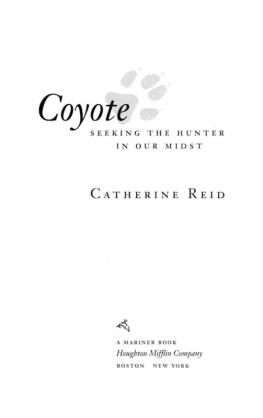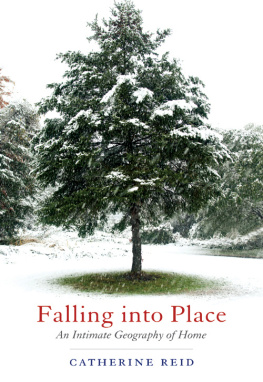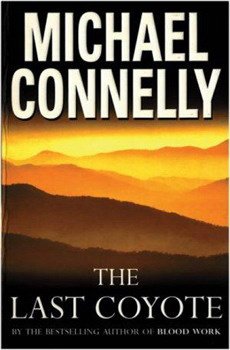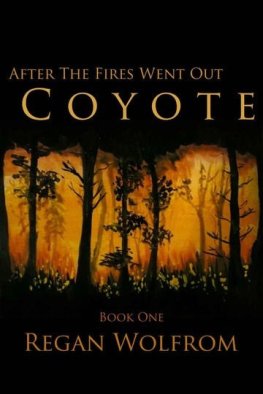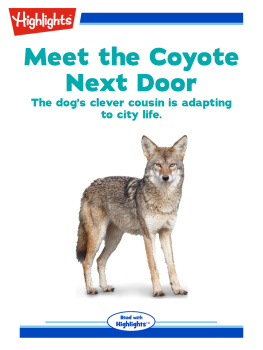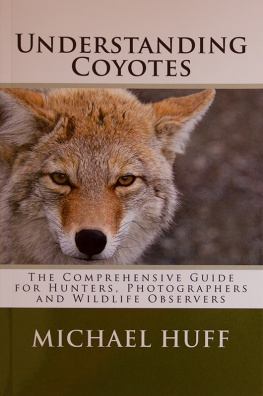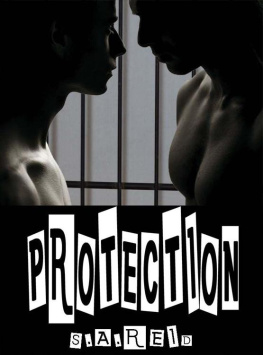A MARINER BOOK
Houghton Mifflin Company
BOSTON NEW YORK
FIRST MARINER BOOKS EDITION 2005
Copyright 2004 by Catherine Reid
All rights reserved
For information about permission to reproduce selections from
this book, write to Permissions, Houghton Mifflin Company,
215 Park Avenue South, New York, New York 10003.
Visit our Web site: www.houghtonmifflinbooks.com.
Library of Congress Cataloging-in-Publication Data
Reid, Catherine, date.
Coyote : seeking the hunter in our midst / Catherine Reid.
p. cm.
ISBN -13: 978-0-618-32964-9 ISBN -10: 0-618-32964-1
ISBN -13: 978-0-618-61929-0 (pbk.) ISBN -10: 0-618-61929-1 (pbk.)
1. Coyote. I. Title.
QL 737. C 22 R 438 2004
599.77'25dc21 2004047494
Book design by Anne Chalmers
Drawings by Jared T. Williams
Typeface: Janson Text
Printed in the United States of America
QUM 10 9 8 7 6 5 4 3 2 1
To my parents,
Bob and Marjorie Reid,
for their expansive,
generous love
The coyote ... is
a living, breathing
allegory of Want.
Mark Twain,
Roughing It
1
A FTER TWO MONTHS in this old house, I think I know the night noises at lastthe knock and scramble of mice in the walls, the huff of wind across the chimney, the bristle of windows within their loose frames. Yet tonight comes a cry that I wasn't expecting, that hauls me out of sleep, a chorus of wailing above a percussion of yips, excited and eerie and twitching my heart.
Coyotes. Their very existence makes this place seem risky and wild. I hadn't reckoned on their presence when we made an offer on the place. Carpenter ants and powder-post beetles, flying squirrels and foraging deer, gray squirrels fattened on acorns and birdseed, plenty of roaming bearthese were the known parts of the package, along with what we could see for rot in the sills, what we hoped was solid framing behind the new siding, and what we couldn't quite follow in the network of old knob-and-tube wiring.
But at the thought of a pack of coyotesa gang, a familyanother sensation crawls across my skin, like knowing someone is behind a door before a hand can slam it shut.
I want to see them.
I want to find their outlines when I scan the edges of the meadow. I want to know if I'm being watched while I work in the garden or mow the field. I want to know where they sleep and spend their days, where they go when the neighboring dogs race through or when November arrives after the leaves have blown free and hunters slip into the newly naked woods.
Mostly I want to know how they're managing here in Massachusetts, in this place I've returned to twenty-five years after leaving. Coyotes were just sliding into the landscape back then, rarely seen and seldom heard, and only starting to appear in northern Vermont, where I first lived as a young adult. I saw them sometimes from a distance. I heard them now and again at night, that same rupture of my sleep, something separate from the weave of other sounds. And once I met a coyote in a field, each of us too distracted by the hot August buzzing to notice the other until we were both in full view. Without taking its eyes from me, it did a slow turn, lowered itself into the grass, and disappeared. I backed up to the field's edge, to the shadow of a big rock maple, and waited for an hour. It didn't return; its shape never reformed inside that dense weave of grass.
I want to know how they disappear like that.
T HOSE OF US who decide to return home run certain risks. We lose the luster of the one who got away, the status that accrued when no one really knew what we did with our time. We no longer feel free to move on whenever plans change, a relationship doesn't work out, another job beckons from somewhere farther afield. We become accessible and known and have to face tomorrow the mistakes we make today.
For me, being home again means having to bridge the gaps between the kid I was when I left and the adult I've become. That seems most obvious when my tender-hearted father calls and leaves a message on the machine. "It's your daddy," he says, his voice as it was when I was five and six and seven, not that of a man in his seventies addressing his fortysomething daughter. Later, when our paths cross in town, the joy on his face feels equal to my own at the unexpected chance to catch up on more of what we missed during all those years we spent so far apart.
It's the same with my five siblings when we jostle and tease each other as we did when we were teens; then we step back and wonder when the gray crept in and the wrinkles inched across our faces. Ail of them have kids now, ranging in age from one to eighteen, children amiable and curious, though I can't tell yet if any have a name for the aunt who came back with her companion, a woman with a past that is full and unknown to them. It's partly Yankee reticence, this reluctance to talk about the less visible part of our lives; it's partly a wish not to be misunderstood. But it might also indicate how much has changed since that day I left in order to become my whole self.
"You'll never be able to move back home," a former partner once told me, and I believed her. She was older, and I thought she was wiser; she studied family relationships as part of her job. Years passed before I understood that by saying I'd be smothered by the traditions that abound here, she meant she was afraid of what they might do to her.
For me, fear that I couldn't be myself was a natural consequence of years bounded by tradition, centuries of Puritan-tight belts and stiff upper lips defining our options like lines of barbed wire inscribing old woods. As a teenager, however, I was oblivious to history's impact. Everything was new and possible, and I'd felt free to come and go as I wanted, to slip back and forth between adulthood and adolescence. Yet I was caught unawares by the arrival of a love I knew to be unlike any other I had experienced. I was even more startled by the reactions from those who had always encouraged me. They had never said No, they had never said Don't, so when they pulled back in anguish You can't love her! I was unmoored. The rope connecting me with the familiar had been cut, and a part of me folded up, a part that has often felt stranded in despair.
T HE PROPERTY WE FOUND is in the hills of Franklin County, with the summits of the Berkshires a few miles to the west and the taller mountains of Vermont just to the north. To the east a short downward slope separates us from the flat expanse of the Connecticut River valley. As a child growing up near the river, I was sure that the hill people had far sturdier and more inventive lives than those of us stuck on flatter land. But after high school I never spent much time here, except for the year I hiked north with spring, from Georgia to Maine along the Appalachian Trail. By the time I reached New England, I had been out for about three months and loved being back within reach of familiar-sounding townsStockbridge, Dalton, Pittsfield, North Adamsenjoying the resonance of known accents and idioms, the way words like "the Berkshires" felt in my mouth. But I never thought I would live here, that the pull of home would be so strong, hauling me back from a thousand miles away.
A selling point of the property was that it had not one but three structures: an old farmhouse, a barn, and a much smaller building, about seventy-five feet across the lawn. We designated it the studio, and I won the coin toss for its use. A previous owner had run a small-engine repair shop out of it; another had sold used books. The latter must have been the one who had it wired and insulated, had a phone line brought in, had the walls covered with Sheetrock and painted. No one ever dealt with the concrete floor, however, which sloped toward a drain at its center.
Next page
